How to Portage a Kayak: Carrying Tips & Solutions
If you want to know about How to Portage a Kayak? Portages are a less enjoyable part of kayaking. Nobody likes carrying a heavy kayak and gear, even over a short distance. It is tiring and frustrating.
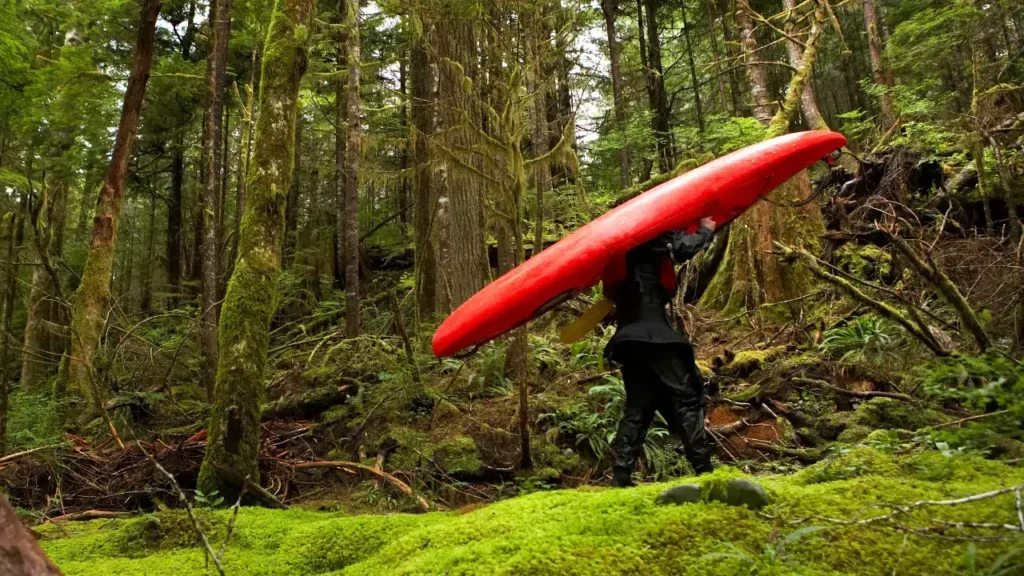
But kayak portage is not something you can avoid as a kayaker. While you don’t have to love it, you need to learn how to do it. So, here is how you can portage your kayak as efficiently and painlessly as possible.
Portaging a kayak means carrying your kayak over land between two bodies of water. You may need to portage around obstacles like rapids or between two lakes. Portaging requires planning the route and using good lifting techniques to carry your kayak and gear.
Get ready to haul that hull! Portaging your kayak like a pro takes skill and muscle. Don’t let a little land get in the way of your paddling adventures. We’ll show you how to heft and hoist your boat over every obstacle to reach the water on the other side.
Preparing How to Portage a Kayak
Before you carry your kayak, there are some simple things you can do to make it easier. These steps will help your portage go smoothly without needing much extra effort beforehand.
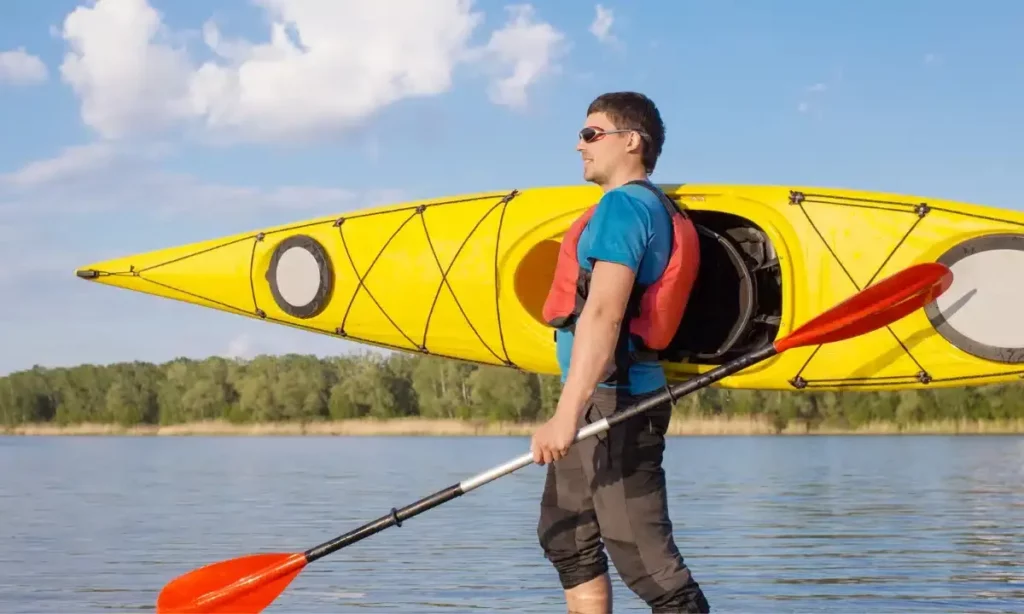
1. Plan Your Route in Advance
Studying maps of your route before you start paddling is a big help for portaging. Review the portage area closely with your group. Choose a path that avoids tough terrain – it may not be the shortest distance. Watch out for hills, dense woods, huge rocks, or muddy tidal zones.
Looking at photos of the portage spot online can provide useful details too. High-resolution satellite images from sources like Google Maps reveal where thick brush and tricky tides might slow you down.
The more you can map out and visualize the best portage trail ahead of time, the smoother your overland hike while carrying boats and gear will be. Pick a route around obstacles, not always straight over them. Proper planning prevents painful portaging! With strategic trail scouting before your trip, you’ll be ready to transport your kayak across any terrain.
2. Pack Wisely
Once you know how far you’ll carry your kayak and what the terrain is like, pack smartly. Try to fit everything in one backpack to make it easier. Avoid carrying things you won’t use. Having too many small bags while carrying a kayak can make you lose stuff easily. It is the first of How to Portage a Kayak
If you have lots of stuff, use as few bags as you can. More bags mean more trips unless they fit into your kayak compartments.
Make sure your bag(s) are wearable and comfortable for you to carry.
3. Bring a Kayak Trailer
Some kayaks are very long and heavy. Trying to carry them on your shoulders can be tricky. Or the trail may be too rough or too long, even for smaller kayaks. Instead of wearing yourself out, you can use a kayak trolley to make portaging easier.
4. Scout the Portage
Even if you’re ready, it’s a good idea to check the path before carrying your gear and kayaks. Take a walk along the route first. Sometimes things change, like fallen trees or floods, making the path tricky. It’s better to know about these problems before you’re hauling a heavy kayak along with you.
5. Carry Your Kayak Empty
Don’t overload your boat during a portage! It’s tempting to leave all your gear packed inside your kayak when you carry it. But lugging a loaded-down boat across land puts extra strain on the kayak. All those dry bags and supplies can cause it to bend and flex awkwardly. This can damage your ride in the long run.
Take the extra time to remove everything from your kayak before portaging. Yes, you’ll have to haul all those bits and bags by hand over the trail. But it’s worth it to prevent harming your hull. An empty kayak is way easier to lift and maneuver too. Think about your future paddling fun – avoid bending your boat out of shape just to skip unpacking it for a portage.
You and your paddling pals can team up to transport the unloaded kayak smoothly without extra weight aboard. It is the last point of How to Portage a Kayak. A few more trips carrying gear are better than a damaged boat!
How to Portage a Kayak
There are 3 steps of How to Portage a Kayak.
Step 1: Scop Out Water
Before lugging your kayak anywhere, bail out any water inside with a sponge or pump. Less water equals less weight to haul. An empty kayak is happier to portage!
Step 2: Pack Up Your Gear
Be strategic in organizing your stuff. Take time to load your backpack fully, and stash any remaining items neatly in the front and back hatches. Balance the weight distribution to avoid tipping. Don’t overload your kayak – that’ll make portaging way tougher.
Step 3: Lift and Carry
Now for the real workout! There are a few techniques for actually hoisting and holding your kayak to trek across land. Smaller paddlers may need clever maneuvers if their kayak is heavy. Don’t just try to muscle it – use leverage, get a helper, or use portage wheels. Most importantly, avoid straining yourself. This is the last step of How to Portage a Kayak
There are two methods for lifting your kayak onto your shoulders.
Method 1
The key is using your legs and keeping your back straight when lifting. Move slowly and take breaks. With good lifting form, you can carry your kayak without too much strain.
Method 2
The key is keeping the kayak tilted so it stays balanced on your shoulders. Use your legs to avoid straining your back. Take breaks whenever you need to rest your muscles. With good lifting techniques, you can portage your kayak without too much trouble.
Tips for Portaging Your Kayak
The key is to listen to your body. Work at a comfortable pace, share heavy loads and take breaks before you’re exhausted. Be patient and careful.
How to Portage a Kayak
Equipment that Can Make Portaging Easier
Kayak Yoke
A kayak yoke is a device used to help carry and portage kayaks. It consists of two padded crossbars that attach to the cockpit of the kayak, allowing two people to share the load by carrying it on their shoulders.
Key features of a kayak yoke:
Conclusion
The finish line is in sight! With the right How to Portage a Kayak preparation and techniques, portaging your kayak doesn’t have to be a back-breaking chore. Start by planning your route carefully and packing smartly. Use portage wheels or yokes for big boats. Lift and carry in stages, using your legs to avoid strain.
Take your time, work as a team, and listen to your body’s limits. Stop to rest whenever you need to recharge. Stay cool and be patient – you’ve got this! Before you know it, you and your kayak will be back doing what you love best – paddling along the open water. With our tips, you can master portaging and continue your adventures without interruption. Just focus on smooth and steady progress
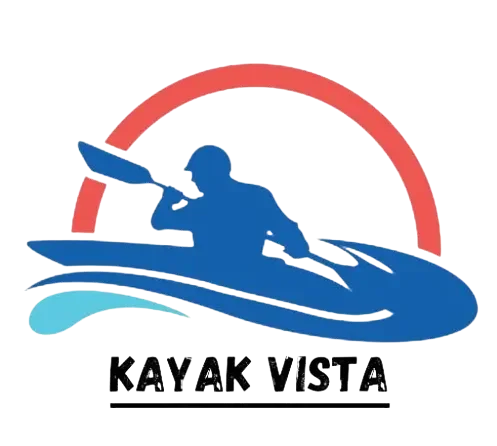
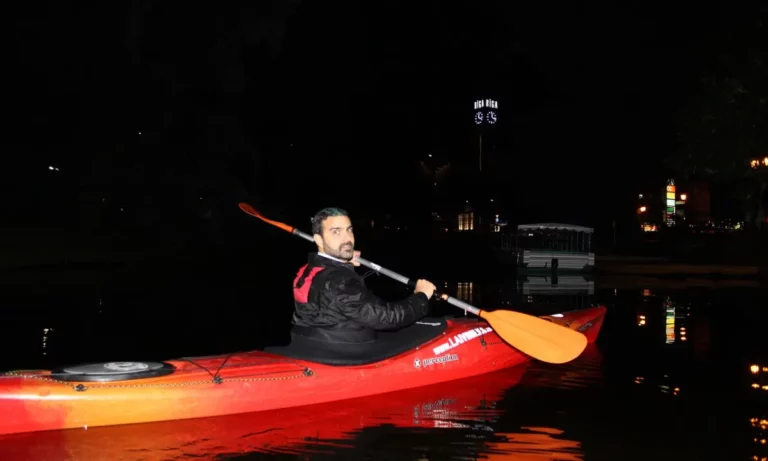
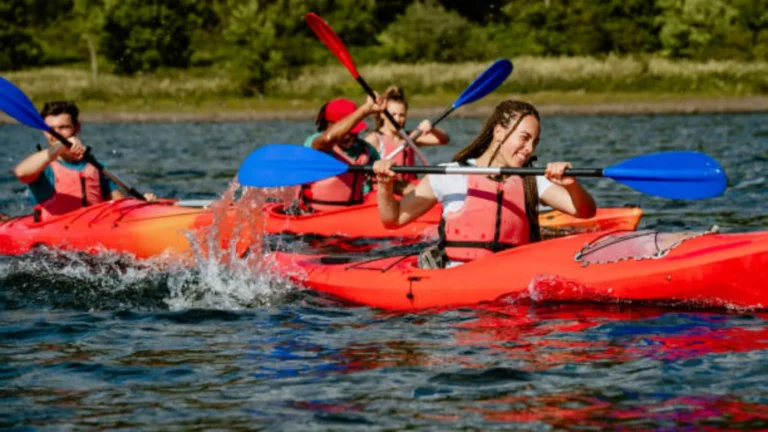

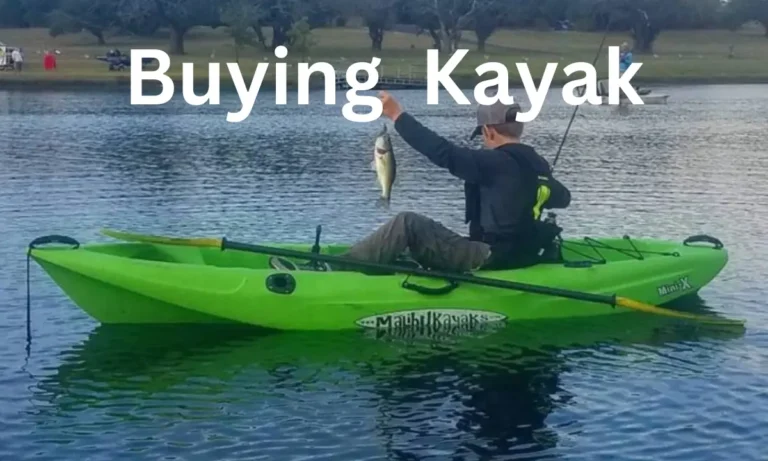

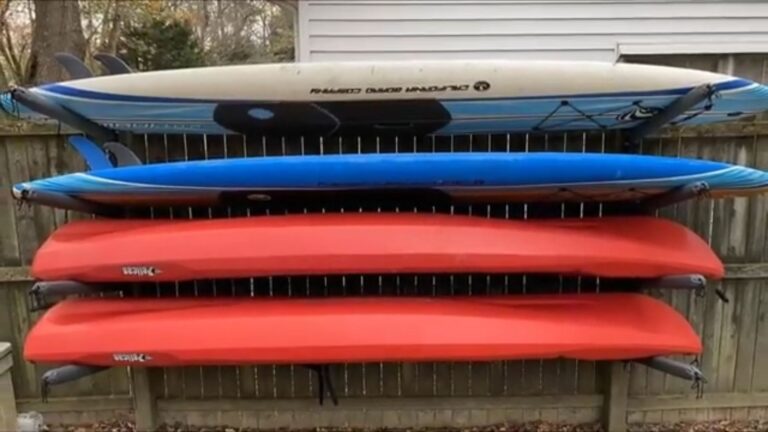
I don’t think the title of your article matches the content lol. Just kidding, mainly because I had some doubts after reading the article.